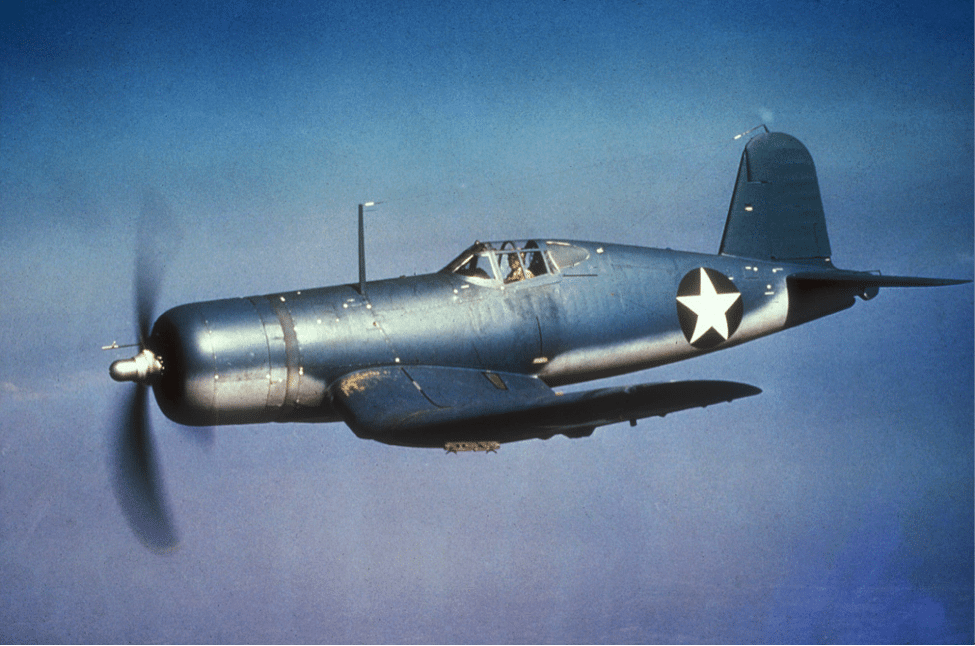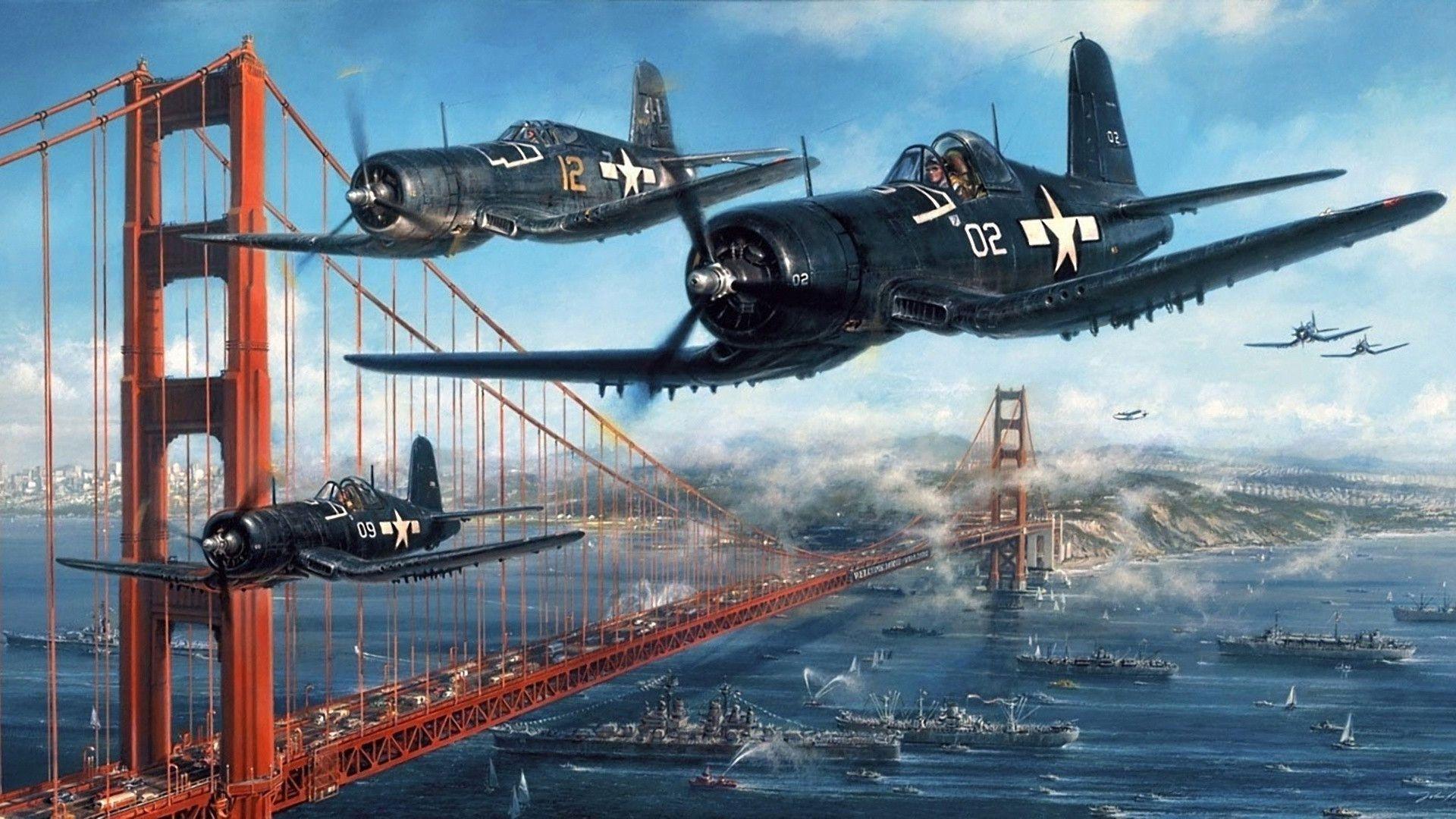Posted on 07/10/2023 11:20:00 AM PDT by fugazi
The beautiful Chance-Vought Corsair is one of the most iconic planes of the second world war. But it has a lot of designations, and that can get confusing. There’s the F4U, the FG, the F2G, the F3A to name a few. The British flew the Corsair Mk I, II, III, and IV. There’s also an AU-1 Corsair, used by the Marines during the Korean War.
Let’s break it down.
Beginning in 1922 the Navy classified fighter aircraft as “F.” Each manufacturer was assigned a code letter, and Vought’s was “U.” So in 1927 Vought developed the FU biplane. 1929 was their second submission — the F2U. Then in 1933 there was the F3U. So when Vought’s Corsair first flew in 1940, it became the F4U.
Simple enough. So where does the “G” come from?
Demand for Corsairs was more than what Vought could produce so Goodyear Aircraft Company began producing them. Goodyear’s code was “G,” meaning their Corsairs would go by “FG” since there wasn’t a previous Goodyear-produced aircraft. Brewster also built Corsairs, and their letter was “A” (Boeing had the “B”). Since there already was an F2A Buffalo, Brewster’s Corsair became the F3A.
As World War II drew to a close, Goodyear installed a 3,000-horsepower Pratt & Whitney Double Wasp in one of their FG-1 Corsairs, creating the XF2G Super Corsair — “X” for experimental.
So before the convention changed in 1962, F4 could also refer to biplanes made by Curtiss and Boeing, the Grumman F4F Wildcat, Canadian Coach and Foundry’s F4W-1 Bearcat, the Douglas F4D Skyray, or McDonnell’s mighty F4H Phantom II of the Vietnam era. The Phantom became the F-4 once the U.S. Armed Forces services settled on a single designation system for aircraft in 1962.
The dash and number after
(Excerpt) Read more at untothebreach.net ...
Like!
What did they do? Point and grunt?
The Japanese called it “Whistling Death”.
AKA the Ensign killer.
Grunting was an option, but there weren’t official nicknames. For example the SBD dive bomber was just the SBD (Scout Bomber, Dauntless). Nicknames, like Dauntless, didn’t come around until later.
I never appreciated why the long nose on the plane until I saw a good visualization of all the supercharger plumbing in there.
The nose was so long because the engine drove a huge propeller. Elevating the prop is also why they gave the Corsair inverted gull wings.
I know, right? After Wordpress changed to blocks instead of straight HTML formatting I can’t figure out how to copy-and-paste pictures and links.

The F8U Crusader was one of my faves. Stationed on an inland Navt base near Yokohama; when the Fleet was IN down at Yokosuka, the pilots would make training flights up to our base (Kami Seya), do a 180 over our mess hall and head back down to “Yo-koos-ka”, as it was pronounced. 1959-61.
Meant to type “Scout Bomber, Douglas”

Had one of those do a rather fly over of the crowd at an air show at NAS Alameda in ‘78 .
Loud !
D’oh Rather low altitude fly over
It and the Spitfire aren’t just aircraft, they’re works of art!

Most of the names of U.S. aircraft, except for U.S. Navy aircraft, were coined by the British when they purchased them or were given them under Lend Lease.
The British named the P-51 "Mustang," for example.
I saw a good video about the last usages of corsairs fighting mustangs. I think it was el Salvador vs Honduras in the 1980s.
Disclaimer: Opinions posted on Free Republic are those of the individual posters and do not necessarily represent the opinion of Free Republic or its management. All materials posted herein are protected by copyright law and the exemption for fair use of copyrighted works.